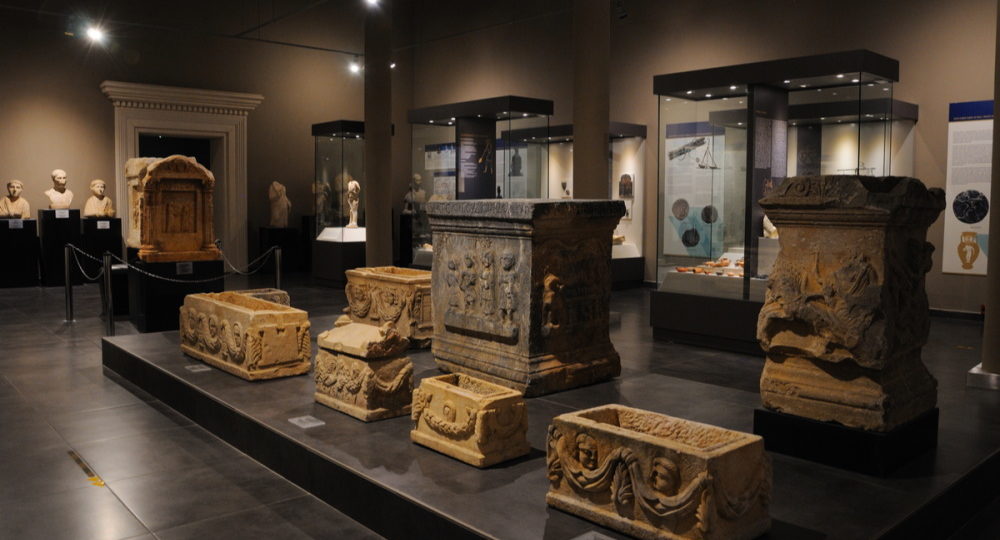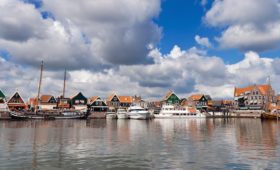Attractions and vacation recommendations in Belek today: Seven kilometers east of Aspendos, and about 70 kilometers northwest of Side Belek, a long Seljuk-era hump-back bridge, with Roman foundations, crosses the Köprü River. Farther north, behind the village of Alabalik, the river narrows, marking the point where the mountainous and impressive Köprülü Canyon National Park (Köprülü Kanyon Milli Parkı) begins. This is the top spot in the region for white-water rafting trips, and half-day rafting trips are easy to arrange in both Side Kemer and Antalya. If you’re not fond of getting wet, the national park area has plenty of hiking options or, if you just want to admire the dramatic gorge scenery, there are cafés scattered along the riverSide Kemer where you can relax and enjoy the views. Read even more info at Belek excursions.
Archeologists mention that there is a possibility of an Apollon temple in the place where the mosque was built. It was common in the ancient times to built an Apollon temple next to Artemis temple since they are considered as twins. Apollo was the twin brother of Artemis, the god of prophecy. The mosque was built in 1375 (According to Christian Calendar). Selcuk is the modern name for Ephesus. A small agricultural town, having a population of 30.000 people. Every week on wednesdays and saturdays there is a farmers market in Selcuk town. You can enrich your private Ephesus Tour with a stop to this farners market where you can enjoy to see local fruits, vegetables, spices, dried fruits…. During the visit a walk through Selcuk town is worth doing. You would see the aquaducts from Roman times and storks (Between April – August). If you miss Selcuk market, there is a similar farmers market in Kusadasi which is held on Tuesdays and Fridays.
Alanya was once a famous pirate harbor in antiquity. Pompeius, the enemy of Julius Ceasar, in the Roman Civil war defeated the pirates. Nowadays, pirate themed boats in Alanya’s harbor are a reminder of these times long gone. There is non-stop entertainment on the cruises with music and animations, as well as many swimming breaks in the blue waters of the Turkish Riviera. Alara Han is on the Antalya-Alanya route, in Çakallar village in the town of Okurcalar . Alara Han is a historical caravanserai built in the 13th century by the Seljuks. It’s an exceptional masterpiece awaiting visitors seeking discoveries about the cultural heritage of Alanya. The nearby Alara Castle was once a majestic fortress along the southern silk road in Turkey.
Alanya Castle was built in 1221 by the Seljuk Sultan, Alaaddin Keykubat, who captured the city and had it rebuilt. You can take the cable car to go up to the castle. The cable car station is near Atatürk Park. You will need to walk uphill another 1 km to reach the entrance of the castle after exiting the cable car. İçkale (Inner castle) is the top sight up there. It’s an open air museum at the summit of the peninsula. Byzantine, Seljuk, and Ottoman artifacts can be found in the inner castle. When you go to Alanya Castle by cable car, you will come across the Süleymaniye Mosque, a Seljuk work renovated during the Ottoman period. There is also a covered bazaar (bedesten) behind the mosque.
Temple of Artemis, is also known as the Temple of Diana. The temple is dedicated to the goddess Artemis was completed in Ephesus around 550 BC. The temple was built entirely from marble. Even if the temple has been used for more than 800, it was never really completed. The architect of the temple, known as Artemisium in Latin, is known as Chersiphron from Greece. When the temple was first built, it was visited by many people from kings to artists, traders, and travelers, and was used as a religious building where they offered their blessings and beliefs to the goddess. There is no entrance fee for the Temple of Artemis. Visiting hours of the temple have been announced from 9 A.M to 7 P.M but as there are any guards in the neighborhood, the hours might be flexible too.
Alanya is also within day-tripping distance of some of this Mediterranean region’s most well-known ancient sites and tourist attractions, so if you want to brush off the sand for the day and head out to explore, there is plenty to keep you occupied off the beach. As well as the places mentioned on this list, you can easily also make day trips to Antalya to visit its museum and stroll its old town district, Aspendos (Turkey’s most famous Roman Theater), and other major archaeological sites near Antalya such as Perge. Find even more info at https://www.tourmoni.com/.
It’s impossible not to be awed by Taurus Mountains, and if you want to break out and experience this stirring landscape your best bet is the Sapadere Canyon, about 40 kilometres northeast of Alanya. The temperature is a few degrees lower in the mountains, and something that will strike you right away is the lack of humidity. In 1948 when Alanya’s peninsula was being quarried for stone for the harbour, workers stumbled upon a cave brimming with stalagmites and stalactites. At the foot of a stairway, the Damlataş Cave is 50 metres long and up to 15 metres high, and those bizarre concretions are carefully illuminated. Now, something to note about the chamber is its high humidity (96%), elevated carbon dioxide and constant temperature of 22°C. This might put off some visitors, but since it was first discovered the Damlataş Cave has been hailed for its therapeutic effects for people with respiratory complaints.
Cleopatra Beach: For many visitors, a vacation in Alanya will always be about the beach. The sandy shores, rimmed by resorts, trail the stretch of coastline between Side and Alanya. In Alanya itself, the main strip of sand is Cleopatra Beach, which sits on the western side of town, separated from downtown Alanya by the rocky, forested slope of the castle promontory. This stretch of white sand offers easygoing days of swimming and sunbathing with excellent facilities on hand for a full day at the beach. In the July and August peak season, the beach can get packed. Come in late spring or early fall, though, when the weather here is still sunny and warm, and you’ll find this strip of sand surprisingly uncrowded.
On your visit to the Dim River make time for the largest cave system in the Alanya area, carved out by water over millions of years but only discovered in 1999. The Dim Cave is 360 metres long, and worthwhile for its many concretions. Something to remember is that there are lots of steps and narrow walkways, so the Dim Cave isn’t accessible to all. As with the Damlataş Cave there’s high humidity at 75%, although the cave does offer respite from the summer heat, with a temperature never rising above 19°C. One of the things to love about this park is its location, right by the cable car station, tourist office, Damlataş Cave and archaeological museum, at the east end of Kleopatra Beach. Within a few steps north along Güzelyalı Cd. there are dozens of places to eat. As for the park, it’s somewhere to escape the heat for a few minutes, under a palm tree or one of the enormous ficuses. There’s a mini-golf course, a fishpond, flowerbeds and pieces of public art like a ceremonious statue of Cleopatra. This is also somewhere to witness Alanya’s affinity for its stray cats, which roam the lawns freely and have special wooden shelters and feeding stations.



